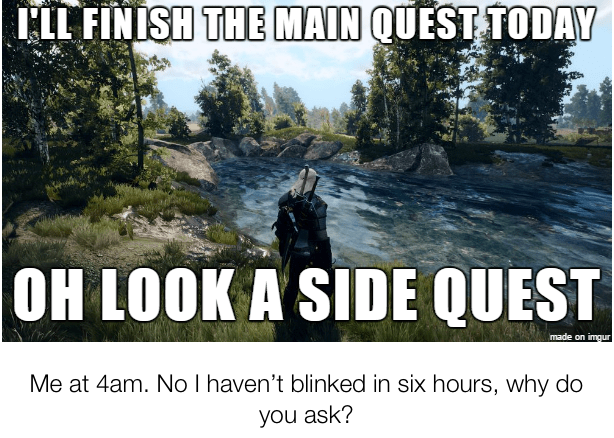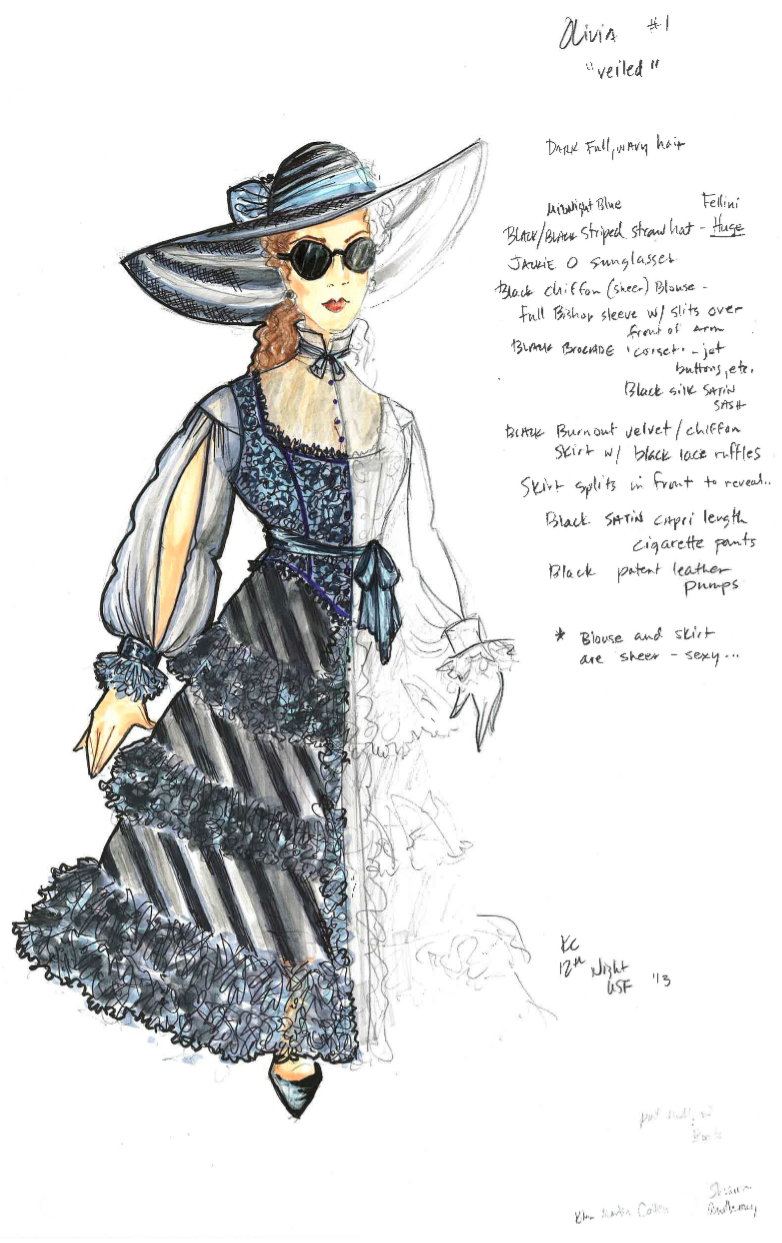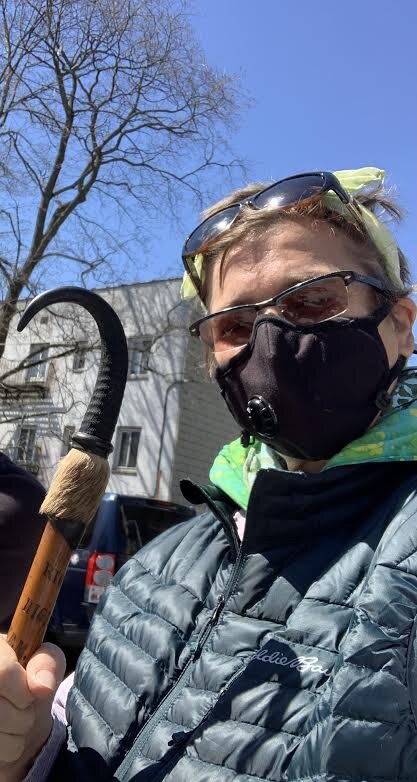Over the course of my dance career, I’ve heard many non-dancers make interesting remarks while reflecting on a dance performance they just watched. They would say things like:
“Wow, I enjoyed the show so much…I felt every single move!”
“Didn’t expect to enjoy it as much as I did. The performance really moved me.”
“Couldn’t understand the concept behind the piece but it was pleasing to watch.”
“I did not understand anything that was happening and I could not connect to it.”
All of these statements are valid responses from audience members. However, has anyone ever stopped to ask the following questions: 1. What actually caused them to have this response? And 2. What factors affected their overall experience?
While exploring the phenomenological experiences that take place within dance, it is interesting to consider the observer’s experience while watching a dance performance. Observing movement is more than just an observation of several visual images in motion. It is an outer body experience. Some may think that the dancer’s experience in the acts of performing, choreographing, rehearsing, and/or improvising, differs completely from the experience of a person who is simply just observing. However, there are some similarities between the two.
Dance is meant to conjure up an aesthetic experience for the observer, just as it is for the dancer or choreographer. It is usually created with the intention of causing the viewers to have a cultural, emotional, and/or meaningful response. While viewing a dance performance, audience members are forced to do more than just observe with their eyes. They must use their perception, which goes past the typical gaze or stare. This means that they are forced to interpret and find meaningful value within the art they are currently experiencing. It can almost feel like a heightened, artistic, sixth sense.
When people go to see a dance performance, their expectations and feelings towards dance itself, can influence their overall experience and shape their perception of the performance. For example, if someone who is only interested in Hip Hop goes to see a Ballet, the experience they have while watching, and their interpretation of it, may differ from a person who favors Ballet. This doesn’t always mean they will disengage because of a lack of interest. Oftentimes people unexpectedly end up enjoying dance performances they were not interested in at first. However, in some cases, it is harder for the observer to fully digest something that is uninteresting to them or completely foreign.
Based on my observational experiences within dance, I’ve discovered that prior information and viewer interest heavily influences the observer’s experience. Usually, I am almost certain of the experience I will have while attending a performance for a specific dance company or musical. The assumption I make is usually based upon my interest in the style or type of dance that I am going to watch. Also, if I am not familiar with the work of the choreographer or style of dance, prior reading or research would definitely influence my interest as well as my experience.
In the article Dance Choreography and the Brain, Dutch choreographer and researcher Ivar Hagendoorn provides some reasoning for why this happens. “Experimental psychologists use a technique called priming to study how prior information in general, and unconscious attitudes in particular, bias people’s perception and judgment.”
In a separate article entitled The Dancing Brain he further explains: “Appreciating something cognitively and enjoying it emotionally are not the same. Each person’s individual experience of a dance performance is the product not just of perceptual processes, but also of their interaction with memories, associations, and personal preferences.”
The phenomenological experience of observers is not just shaped by what they are processing visually at the performance but by their preconceived interests, information and expectations concerning the type of dance they are about to see.
When people watch dance their responses and/or feelings about the movement are also dependent upon their ability to comprehend and follow the piece. It can be hard for a person to fully understand the movement they are observing if they do not comprehend the feeling, experience, or true meaning that lies underneath the creation of the movement. Also, it may be hard to understand a movement that is specific to a culture with no prior knowledge, context, or understanding of that vocabulary.
Collecting research, or actually undergoing the physical experience of art that is unfamiliar, provides the observer with a better outlook on the true meaning and purpose. In Variations on a Blue Guitar, Maxine Greene compares this experience to meeting someone new. When a person is meeting someone else for the first time, “the proper way to encounter another person is to be open to them, to be ready to see new dimensions, new facets of the other, to recognize the possibility of some fresh perception or understanding, so you may know the other better.”
This concept can be applied to experiencing unfamiliar art for the very first time. Collecting prior information and taking interest in physically experiencing the style of movement can greatly influence and heighten your phenomenological experience while observing a performance. When the body is put through the actual motions and engaged in the movement being displayed, it provides a unique bodily experience that cannot be duplicated through words.
On the contrary, collecting prior information or having interest in a specific choreographer or dance company can lead to the development of expectations. This simply means that the same phenomenological experience is expected whenever individuals watch a performance from a dance company they thoroughly enjoyed. If people see a great performance, they expect to have the same experience when they see another piece by the same choreographer. However, if they are bored and do not enjoy the performance, their expectations are downgraded and they have trained their perceptual expectations. The observer’s experience can also affect choreographers while creating new work; they may either try to replicate the same emotionality of a previous work or they may explore another direction. This is the risk a choreographer has to take.
When the true depth of the movement is understood and appreciated, it enhances the observer’s response to it. For example, some observers may find themselves unconsciously dancing in their chair while watching a performance. Why? Because the brain is stimulated and the observed movement is causing the observer to have an outer body experience.
In Some Speculative Hypotheses about the Nature and Perception of Dance and Choreography, Hagendoorn touches on this point. He hypothesizes that while observing dance, the brain is submerged in motor imagery. If this is correct, an observer can be described as virtually dancing along while watching choreography/movement. An observer watching choreography is flooded with choreography and various movements that may not be a part of the brain’s own movement repertoire. Or as Hagendoorn puts it, “And just as actual movement when exercised to excess produces a state of arousal, so may virtual movement.”
One way for sure that this hypothesis could be tested is by recording the brain activity of someone watching a short dance sequence. However the results of this experiment may be hard to interpret because of the activation of many brain areas.
This topic has always been of great interest to me as an artist because of the experiences I’ve had as a choreographer while observing the dancers in my company rehearse or perform. At times I wouldn’t be able to clearly express in words what I was experiencing in my mind and/or body as I watched them move. The experience was like none other, and it immediately made me question if other dancers, choreographers, and non-dancers shared similar sentiments while viewing dance. Throughout my work as a choreographer, I’ve discovered that the explanations for the sensory feelings of an audience watching a finished work are no different from the sensory feelings of a choreographer watching a work in progress. Unlike the audience however, a choreographer can continue to adjust a piece until the entire work fits the perceptual and emotional impact the choreographer wishes for the audience. Nonetheless, we all end up walking away with some form of an aesthetic experience.
Michelle Isaac
Brooklyn-based performer, choreographer and dancer
Michelle Isaac was born and raised in Brooklyn, New York. She began dancing at the age of 4 in church, and started formal training in high school at Dr. Susan S. McKinney Secondary School of the Arts, under the direction of Zakiyah Harris. Michelle received her BFA in Dance from LIU Post with Honors Recognition in 2015. Shortly after graduation, she performed in Tamara LaDonna's Moving Spirits Inc. as a company dancer, and completed a choreography residency with a contemporary ballet company in Brooklyn, NY. In 2019, Michelle completed her graduate studies through the Arnhold Graduate Dance Education Program at Hunter College, and graduated Summa Cum Laude with her MA in Dance Education and K-12 NY State Professional Certification.
Michelle is one of the Co-Founders of a Brooklyn based dance company called Ntrinsik Movement and functions as the Artistic Director. With Ntrinsik, she has choreographed several works, produced concerts, hosted community and school workshops, and has performed in various NYC theaters, as well as theaters outside of NY. Aside from performing and choreographing, Michelle is a full time dance teacher, and continues to provide dance workshops and classes for children and adults in various churches and dance schools throughout her community.
G&E In Motion does not necessarily agree with the opinions of our guest bloggers. That would be boring and counterproductive. We have simply found the author’s thoughts to be interesting, intelligent, unique, insightful, and/or important. We may not agree on the words but we surely agree on their right to express them and proudly present this platform as a means to do so.























